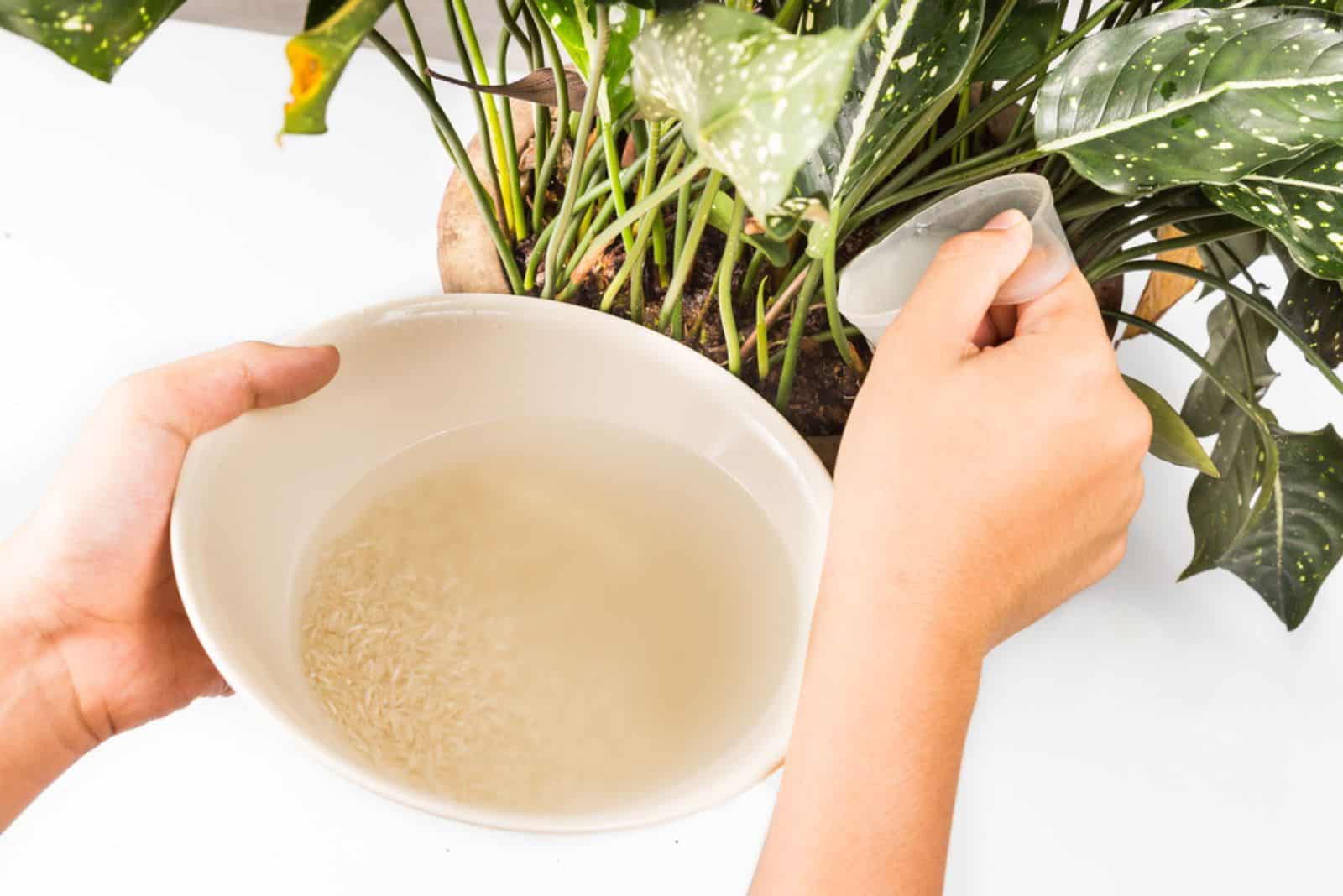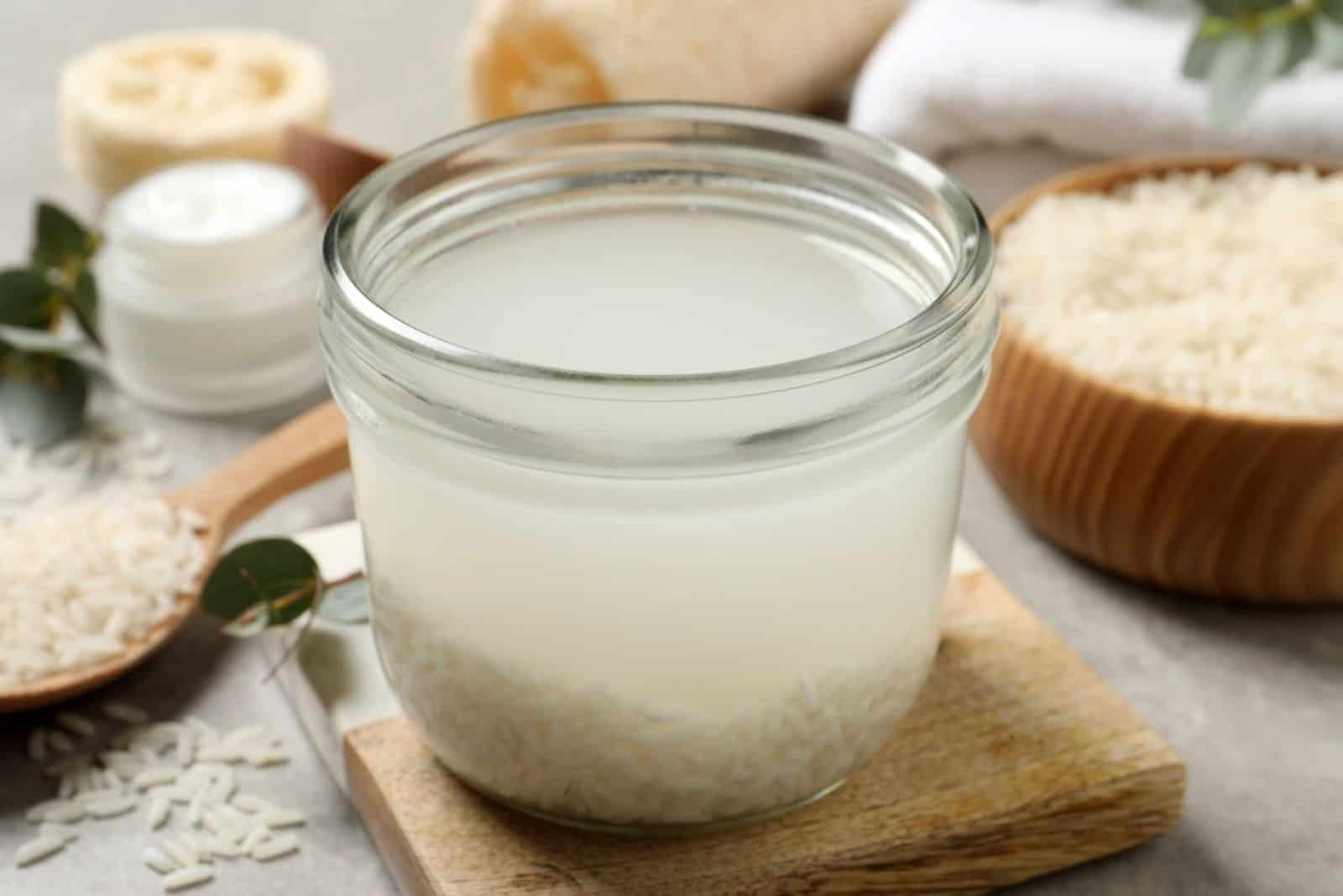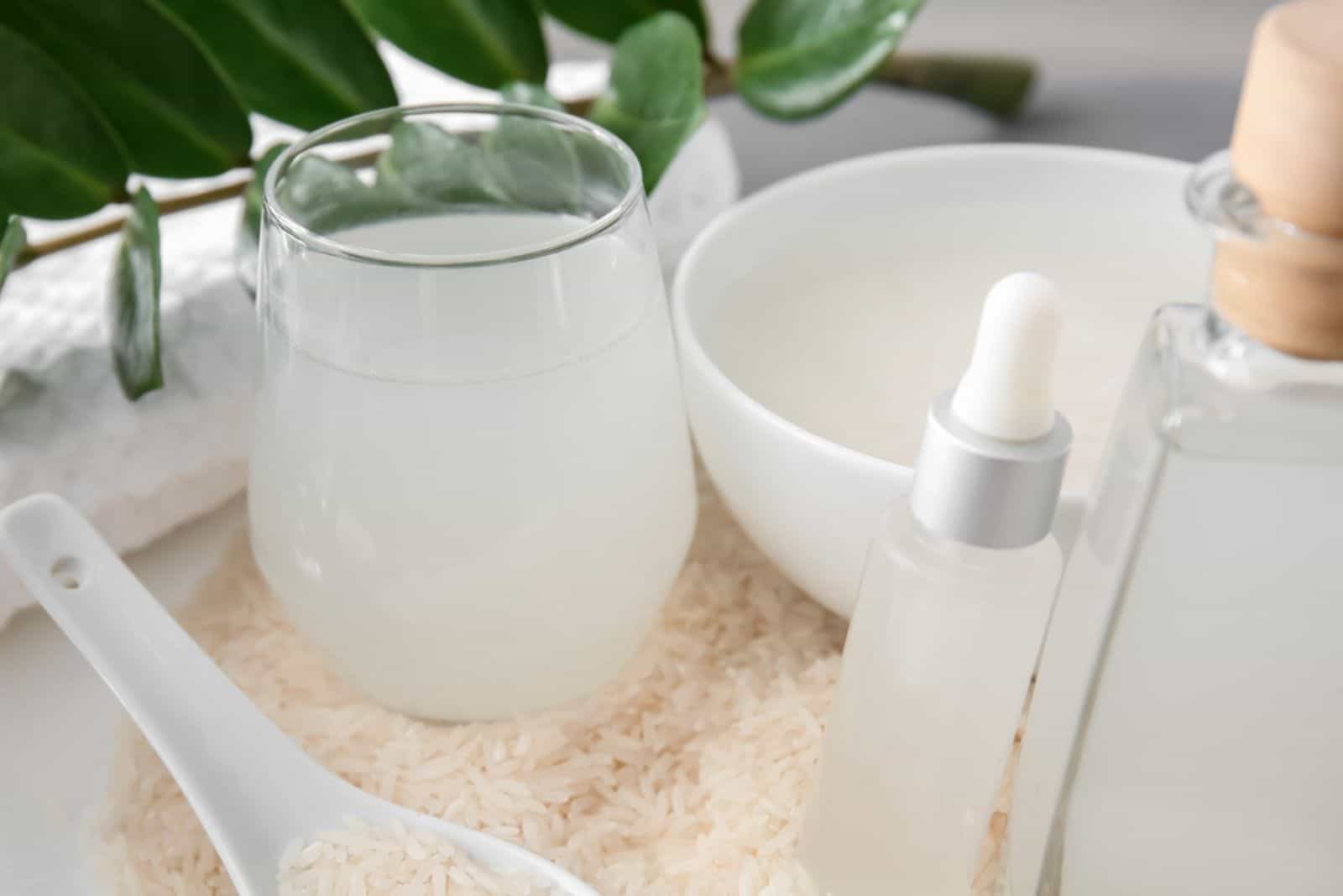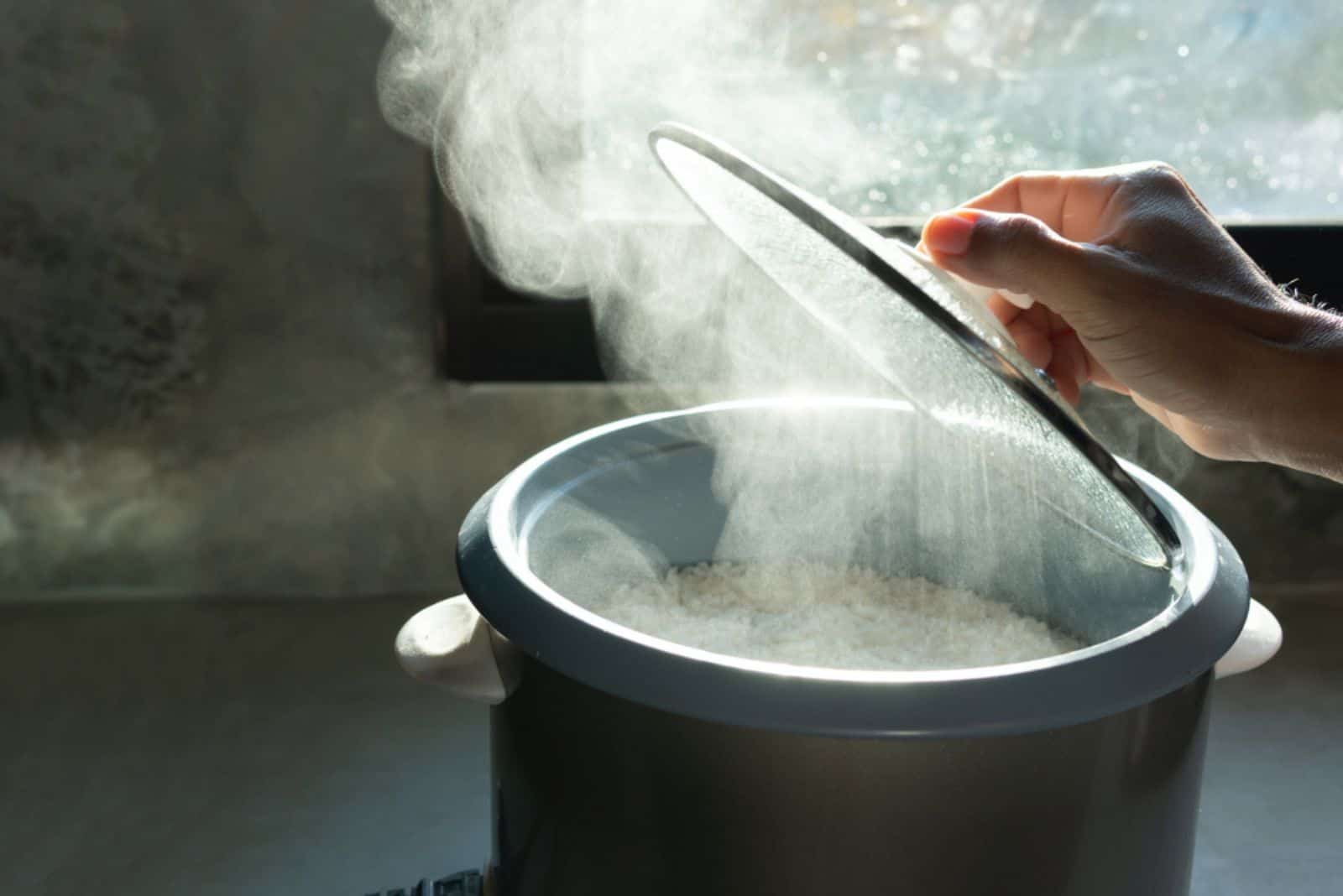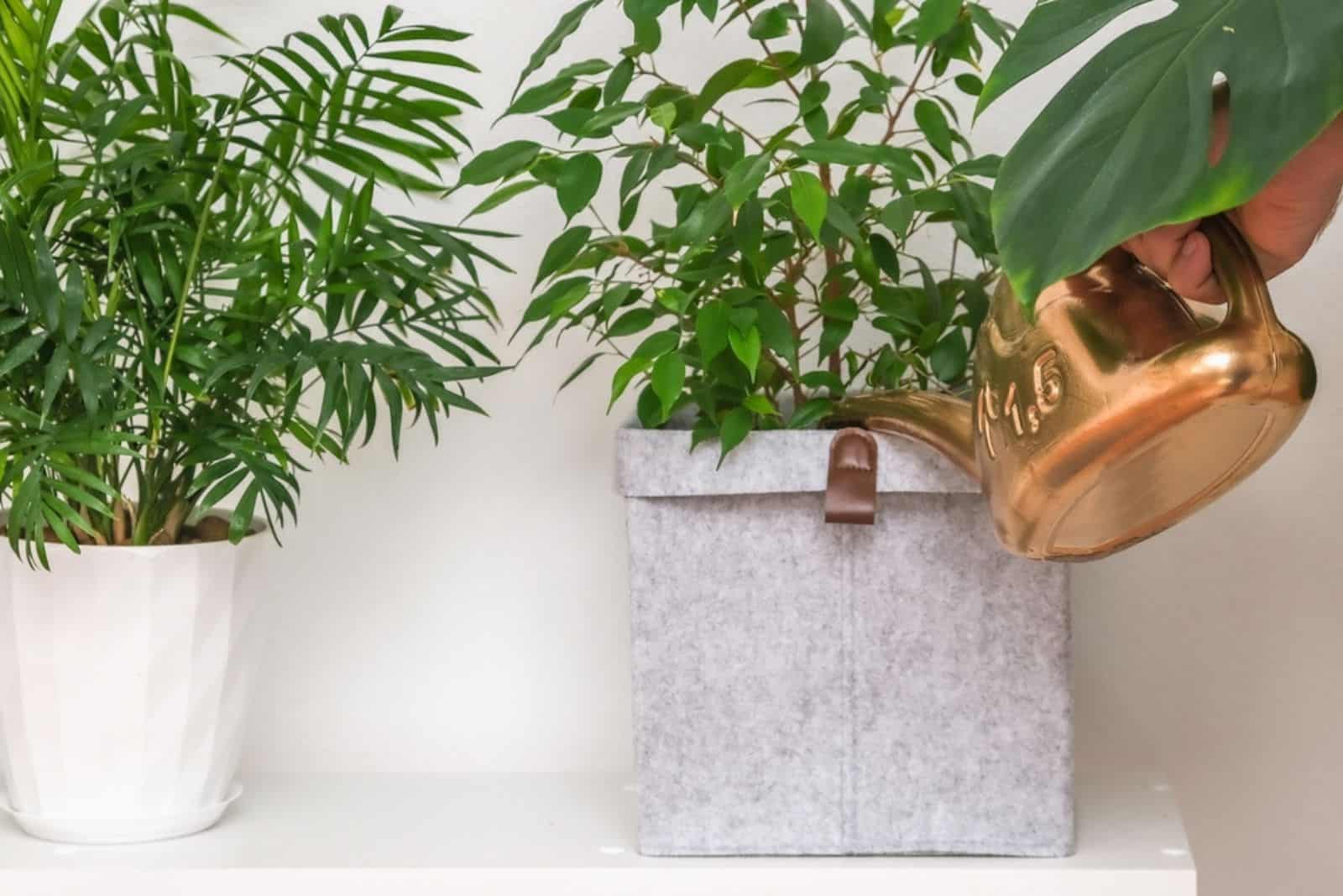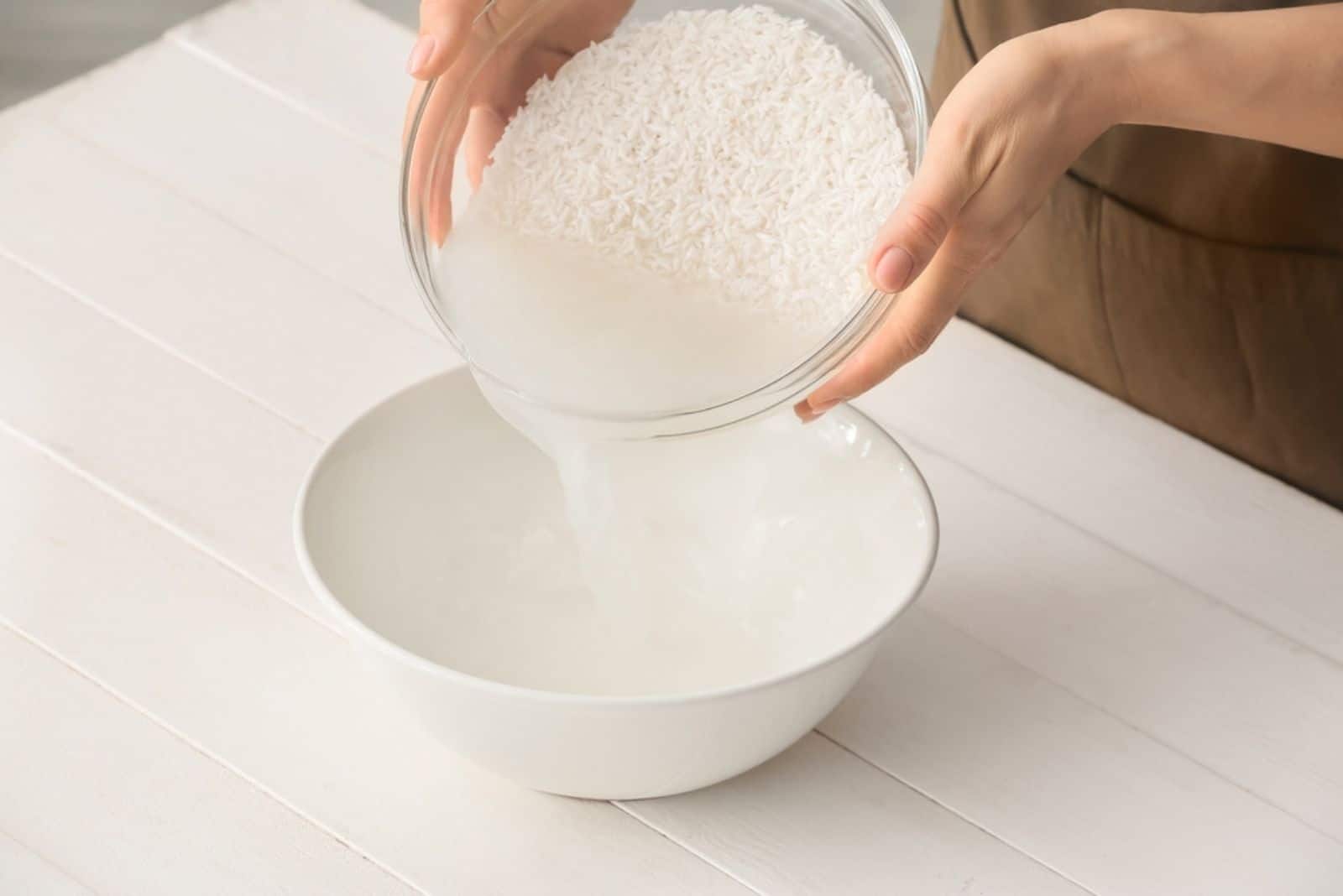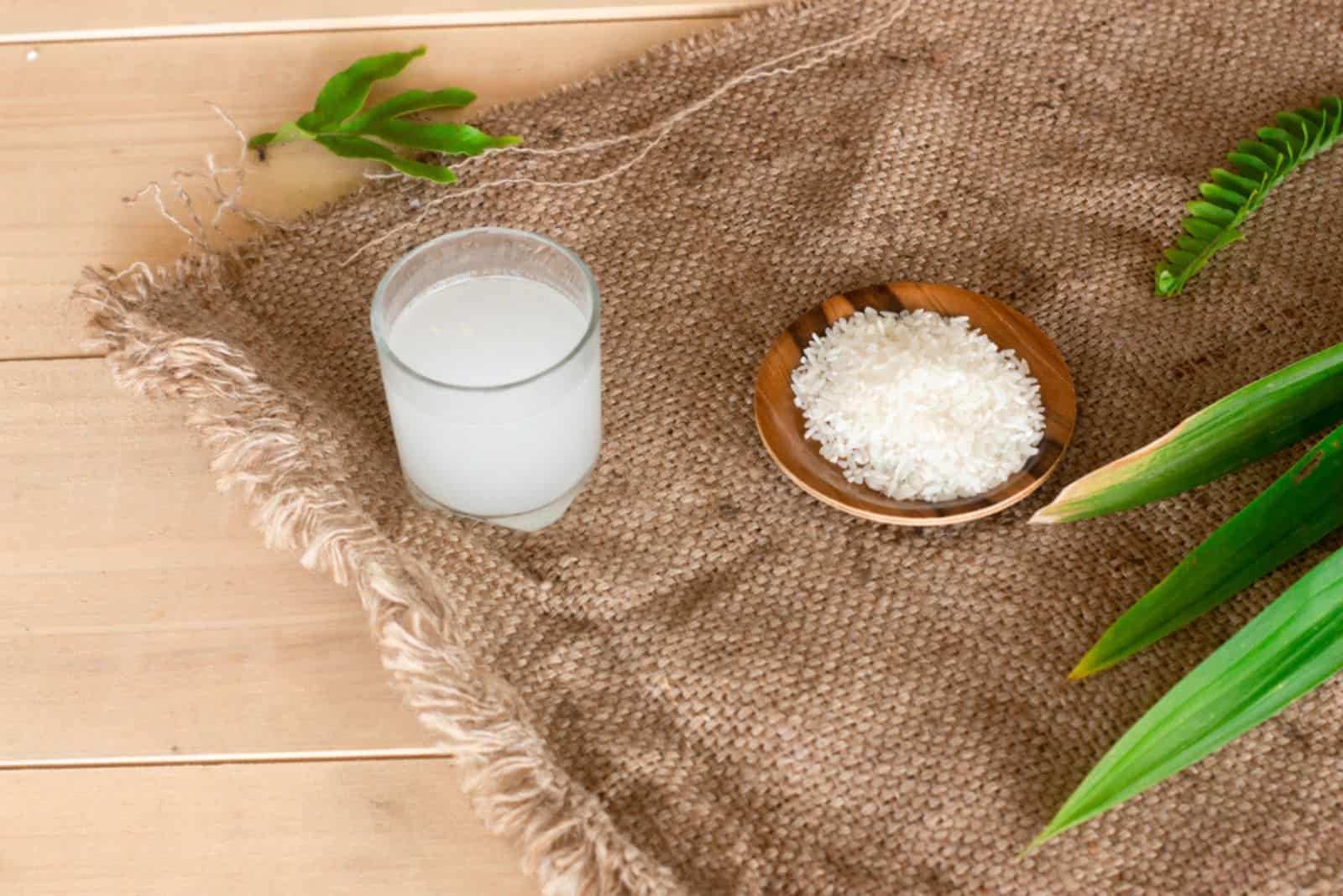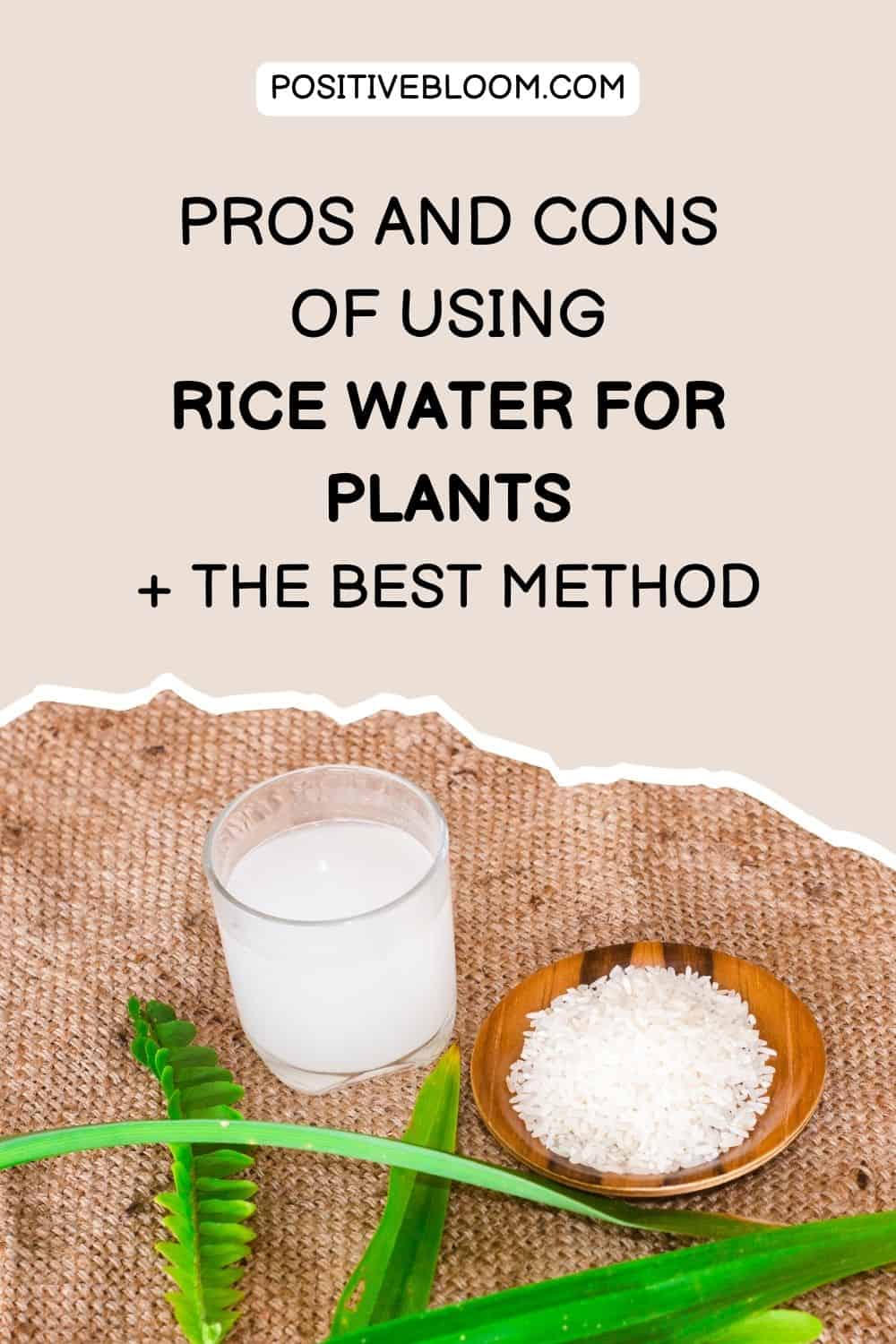Gardeners are always looking for ways to utilize kitchen scraps, one of which is using rice water for plants. This can benefit the growth of your plants tremendously because you can use it as a fertilizer, a pesticide, or regular water.
It is filled with beneficial nutrients you can spray onto your houseplants or pour over their soil.
This liquid is fairly safe for indoor plants, but there are some things you need to take into consideration, like its drawbacks and how frequently you use it, etc., before watering your green buddies with it.
We’ll discuss all this and more in the following sections, so stick around until the end!
Is It Safe To Use Rice Water For Plants?
Yes, rice water is safe for plants. Rice grains have a lot of potassium, iron, calcium, magnesium, and even phosphorus, which wash away as you rinse the grains.
The remaining liquid is mainly composed of water (obviously), but it also contains washed-off minerals. These macronutrients are necessary for proper plant growth, and if your green buddy can get them from the water you won’t have to fertilize it frequently.
This liquid contains micronutrients such as copper, zinc, and boron as trace elements, but they’re much more concentrated in rice than in tap water.
Rice water also contains starches that plants store in their cell membranes and use later when they need more energy. Think of it this way; we use carbohydrates to replenish the energy we lose throughout the day, and the plants do the same.
Starches are the source of these carbohydrates (complex sugars), and your green friends will use them if they don’t produce enough via photosynthesis.
(Remember that the product of photosynthesis is sugars.)
Furthermore, these sugars promote the activity of healthy bacteria in the soil, which decompose organic matter and make nutrients available to your plants.
Benefits Of Using Rice Water For Plants
Gardeners are always looking for the best water type for plants and try different kinds such as distilled water, rainwater, tap water, etc.
The good news is that you can use kitchen byproducts such as rice or potato water, fish tank water, and so on if you want to give your plants a little boost.
Rice water has many pros, including:
• This liquid is an environmentally friendly and organic fertilizer.
• You can stop spending money on synthetic fertilizers.
• No fertilizer burn on plant roots caused by chemicals and inadequate application.
• It is easy to make (you can make it when cooking rice for yourself).
• Promotes recycling and use of kitchen byproducts.
• Encourages the growth of beneficial bacteria in the soil, such as lactobacilli and mycorrhizae.
• Rice water can help control pest infestations without the use of chemicals.
• You can apply it however you want (spraying, top or bottom watering).
• Rice water is a source of food that can boost the growth of plants.
• Enhances crop production and fruiting.
• Minimizes the costs of caring for your indoor and garden plants.
Drawbacks Of Using Rice Water For Plants
Even though the liquid left after washing rice is beneficial, there are certain problems with it.
Below, you can find the drawbacks of using rice water, which can help you decide whether this liquid is suitable for your plants:
• Carbohydrates in the soil can make it harder.
• The amount of nutrients in the rice water isn’t enough for plants and has to be supplemented.
• The sugars can attract ants, spiders, and other pests that feed on them.
• Rice water can ferment quickly and exude an unpleasant smell.
• It can also encourage the development and activity of unhealthy bacteria.
• Certain plants cannot absorb carbohydrates through their root systems.
• Making and storing rice water may be too much fuss for some gardeners.
How To Make Rice Water
You can prepare rice water by soaking the grains of white or brown rice or boiling them. Boiling rice releases more minerals, so the water gained from that method is generally more nutritious.
There is a complete guide to both techniques below, as well as a couple of tips for making fermented rice water, so you can choose which one is most suitable for you.
Pro tip: If the liquid is too thick, you can always dilute it in more water.
Making Rice Water By Soaking
Step 1. Rinse the rice grains for about 2-3 minutes to eliminate all particles and impurities you don’t want to give your plants.
Step 2. Put the washed rice into a bowl and add water. Use a ratio of 1:4 or 1:6 in favor of water.
Step 3. Let the rice sit in water for around 45 minutes.
Step 4. Use a strainer to help you separate water from the grains.
Step 5. Pour the strained water into a watering can or a spray bottle and moisturize your plants.
Making Rice Water From Boiling
Step 1. Rinse the rice grains thoroughly before putting them in a cooking pot. Don’t use a rice cooker because it will be more difficult.
Step 2. Put the grains into a pot and add water. Use a ratio of 1:4 or 1:6 in favor of water because the goal is to have more leftover liquid.
Step 3. Cook the rice for about half an hour (up to 45 minutes).
Step 4. Use a strainer to help you separate the water from the rice and leave the liquid to cool down.
Step 5. Pour the strained water into a watering can or a spray bottle.
Making Fermented Rice Water
Step 1. Cook the rice, place some in a glass vessel and cover it with clean water. You can also use distilled water if your water contains too much chlorine.
Step 2. Cover the vessel with a kitchen towel to allow the liquid to breathe.
Step 3. Put the glass vessel in a dark spot and keep it there for 7-14 days for the liquid to ferment.
Pro tip: If you already have ready-made rice water, you can just use that without adding cooked rice. In this case, add a spoonful of sugar, four spoons of milk, and cover the vessel with a kitchen towel. Put it in a dark spot, and the fermentation process should finish in about 3-4 days.
Here are a couple of tips for making fermented rice water:
How To Use Rice Water For Plants
You can use rice water for spraying plants, bottom and top watering, as a fertilizer, or as a pesticide, and we’ll bring you everything you need to know about these methods in the following sections.
Before we do that, here are a couple of tips for irrigating your plants with rice water.
Tip 1. Always ensure that the rice water is at room temperature, so it doesn’t harm the beneficial bacteria.
Tip 2. Excess water can lead to root rot, so don’t use too much rice water when irrigating your plants.
Tip 3. The worst time to water your plants is at midday because all moisture evaporates, and at night because the water remains around the plant’s roots and increases the risk of fungal diseases.
Instead, irrigate your plants in the morning or late afternoon when temperatures aren’t that high, and the plant can still absorb some moisture when most active.
Bottom Watering
Bottom watering is typically used for houseplants as they are grown in containers and are generally smaller. Of course, you can bottom water your outdoor plants if you grow them in planters!
Step 1. Get a long tray and put your potted plant in it. Make sure the container where you grow your plant has drainage holes, or this method will be in vain.
Step 2. Fill the tray with rice water so that it covers about an inch of the planter.
Step 3. Leave the plant in the tray for about 10-20 minutes so that it can drink. Then check whether the soil is moist. If not, leave the plant for a bit longer.
Step 4. Once the soil is slightly moist, you can take out the plant, let the excess moisture drain, and put it back into its usual spot.
Top Watering
Top watering is suitable for both potted and garden plants because you don’t have to move your plant to irrigate it.
Simply pour water at the base of the soil without wetting the leaves since too much moisture can increase the risk of fungal diseases.
If you top water your potted plants, irrigate your green friend until the excess water starts to drain through the hole in the bottom of the container.
Misting
Spraying water on your plant’s foliage is an excellent way of increasing humidity around them, and if you use rice water, you can give them more nutrients at the same time.
You can mist succulents instead of watering them the traditional way. Spray their leaves a couple of times (and don’t forget the undersides) and spritz the soil once or twice to give them all the moisture they need.
You can also spray plants that love high-humidity levels, but you’ll have to mist them more frequently than succulents and you shouldn’t forget to water them thoroughly whenever the topsoil dries out.
Fermented Rice Water As A Pesticide
Fermented Rice water can help you control infestations of fruit flies, flea beetles, aphids, etc.
Simply dilute the fermented rice water to half-strength, put it in a spray bottle, and mist away.
Rice Water As A Fertilizer
Rice contains small amounts of NPK, so it cannot be as beneficial as fertilizers specifically made for plants, but it can still boost your flowers and greenery.
Water your plants twice a week with rice water when using it as a fertilizer. However, don’t do this very often because the starches can harden the soil.
How Often To Use Rice Water
If you don’t know what to do with your leftover rice water, you can give it to your plants. Just don’t use it too much!
Irrigate your plants with rice water every 2-3 weeks to give them a gentle push and boost their growth.
Frequent use of rice water can harden the soil, so either use it rarely or dilute it in regular water.
Rainwater is suitable for plants because it also contains more nutrients than tap water, so you can combine it with rice water and switch them according to your plant’s needs.
How To Store Rice Water For Plants
Store the rice water in a glass jar or any other vessel, cover it with a lid, and keep it in a dry location at room temperature.
You can use it right away or keep it for the next 4-5 days. However, this liquid quickly ferments and becomes more potent, so you should dilute it in more regular water before using it on your plants.
FAQ
Now that you know the pros and cons of using rice water for plants, how to make it, and the best ways of implementing it into your plant care routine, it is time to discuss some other questions related to this topic.
We decided to answer some questions you asked us about this subject, and you can find the answers below!
Which plants benefit from rice water?
Rice water is suitable for all plants because it contains nutrients they can benefit from, and you can use it for your succulents, orchids, tropical plants and aroids, vegetables, flowers, etc.
It is more suitable for plants that thrive in rich substrates, but all members of the floral kingdom would be glad to get a monthly rice water wash!
What are the alternatives to rice water?
If you don’t have rice water at the moment, you can always use coconut or potato water, green tea fertilizer, compost or manure tea, nettle or dandelion tea, etc.
You can make an orange or banana peel fertilizer, eggshell fertilizer, use fish tank water, and so on. Make a bone meal, so you don’t have to throw away chicken bones from lunch, sprinkle some coffee grounds, or make fertilizer out of them.
The options are endless; just use scraps from your kitchen to help your plants out!
Final Thoughts
This article included everything you need to know about rice water for plants. We discussed its safety and presented its pros and cons so that you can decide whether this liquid is the best one for your plants.
You can also find a couple of recipes for making this water and the best ways to use it so your plants can genuinely benefit from it.
Finally, we discussed how often you should use this product and the best way of storing it so you don’t have to use it right away or waste it.
Until next time!
Like this post? Share or pin it for later!

